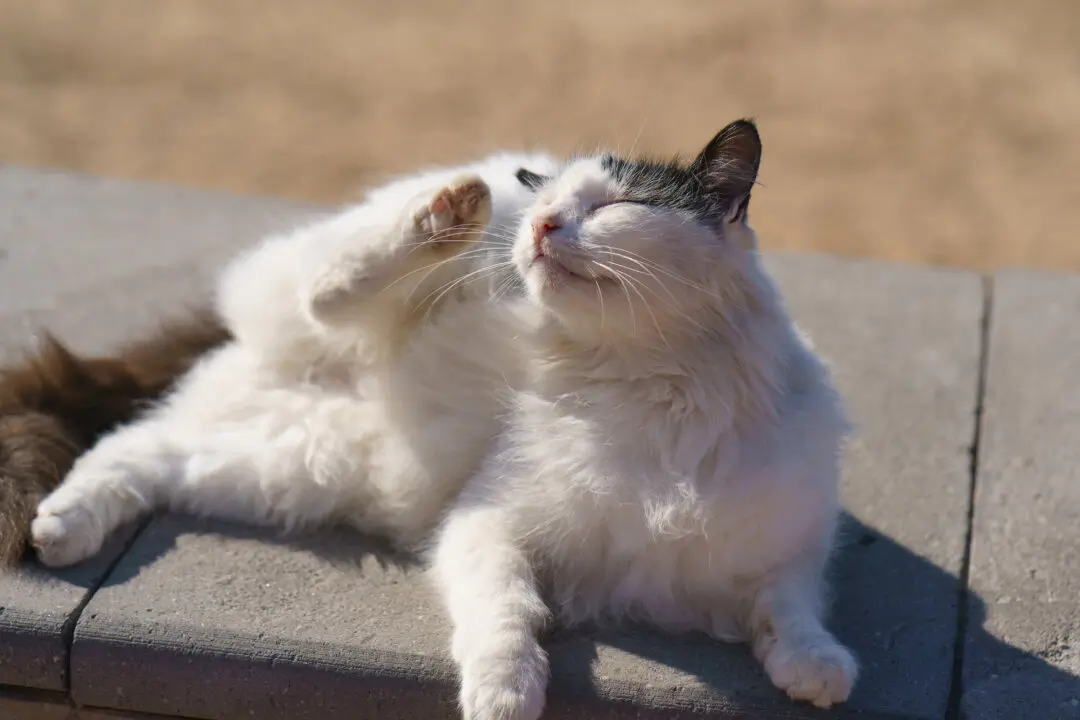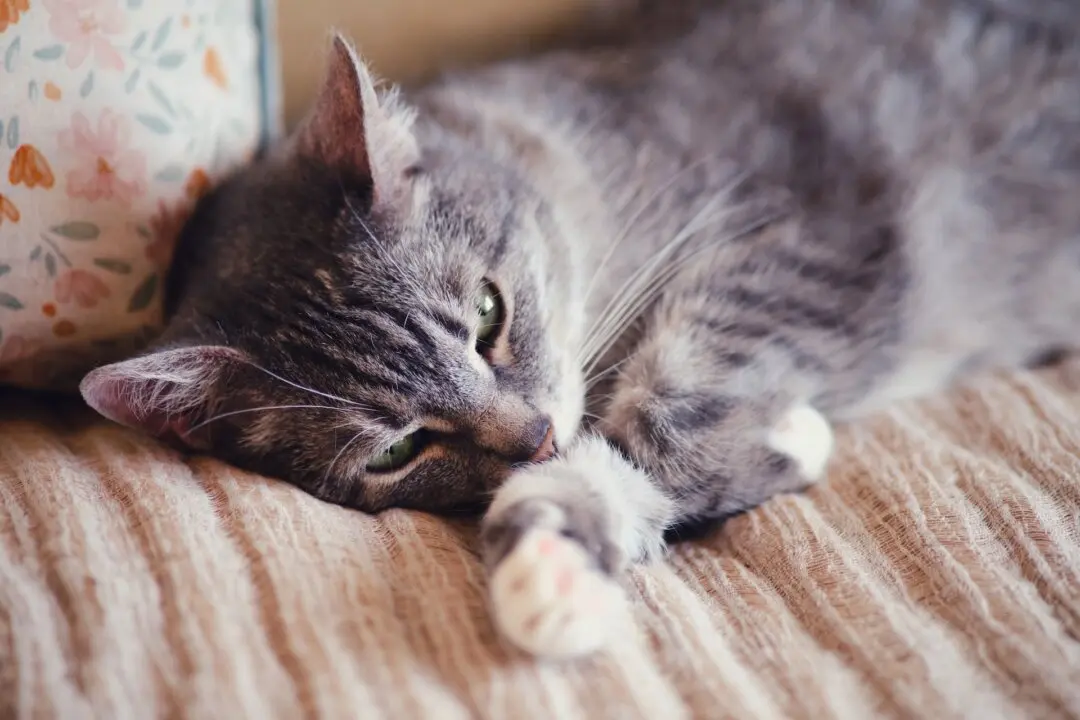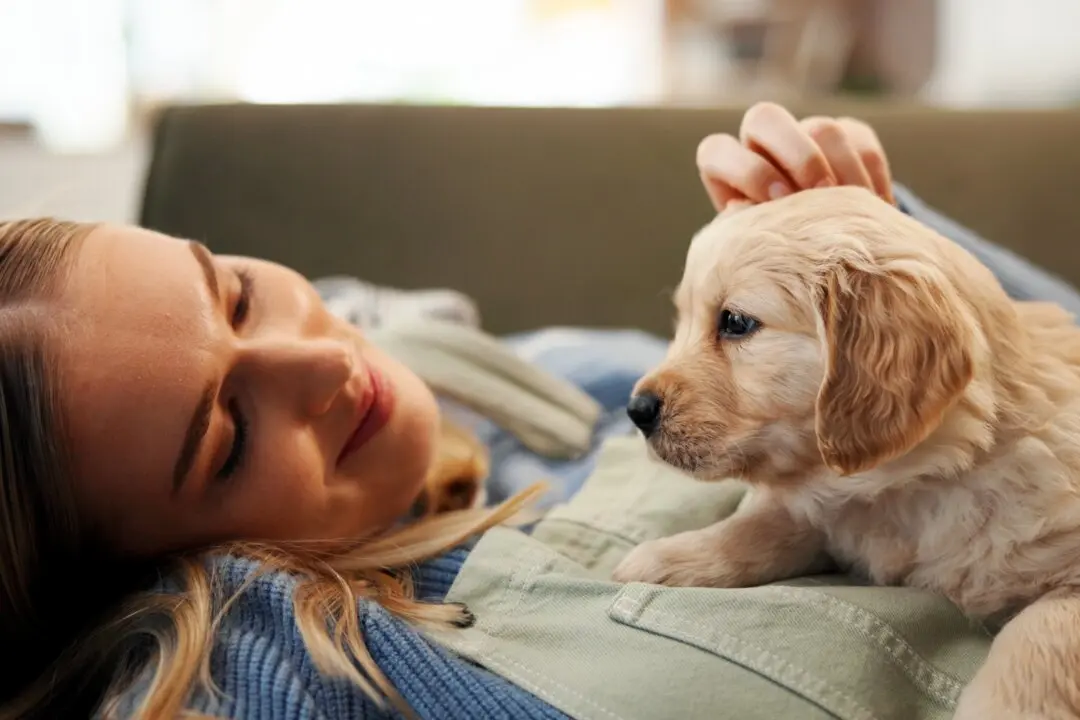Q: At least one of our cats has been urinating and defecating in the large potted plants in our family room. Fortunately, no one is eliminating elsewhere outside their litter boxes. How can we stop our cats from using our large planters as their litter boxes?
A: You'll need to take two steps to solve this problem. First, make your cats’ litter boxes so appealing that the cats prefer to eliminate there. Next, modify the planters so they are less attractive to your cats.





